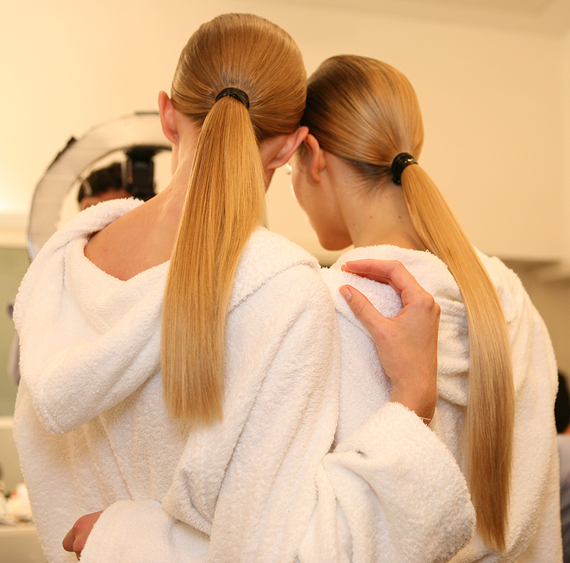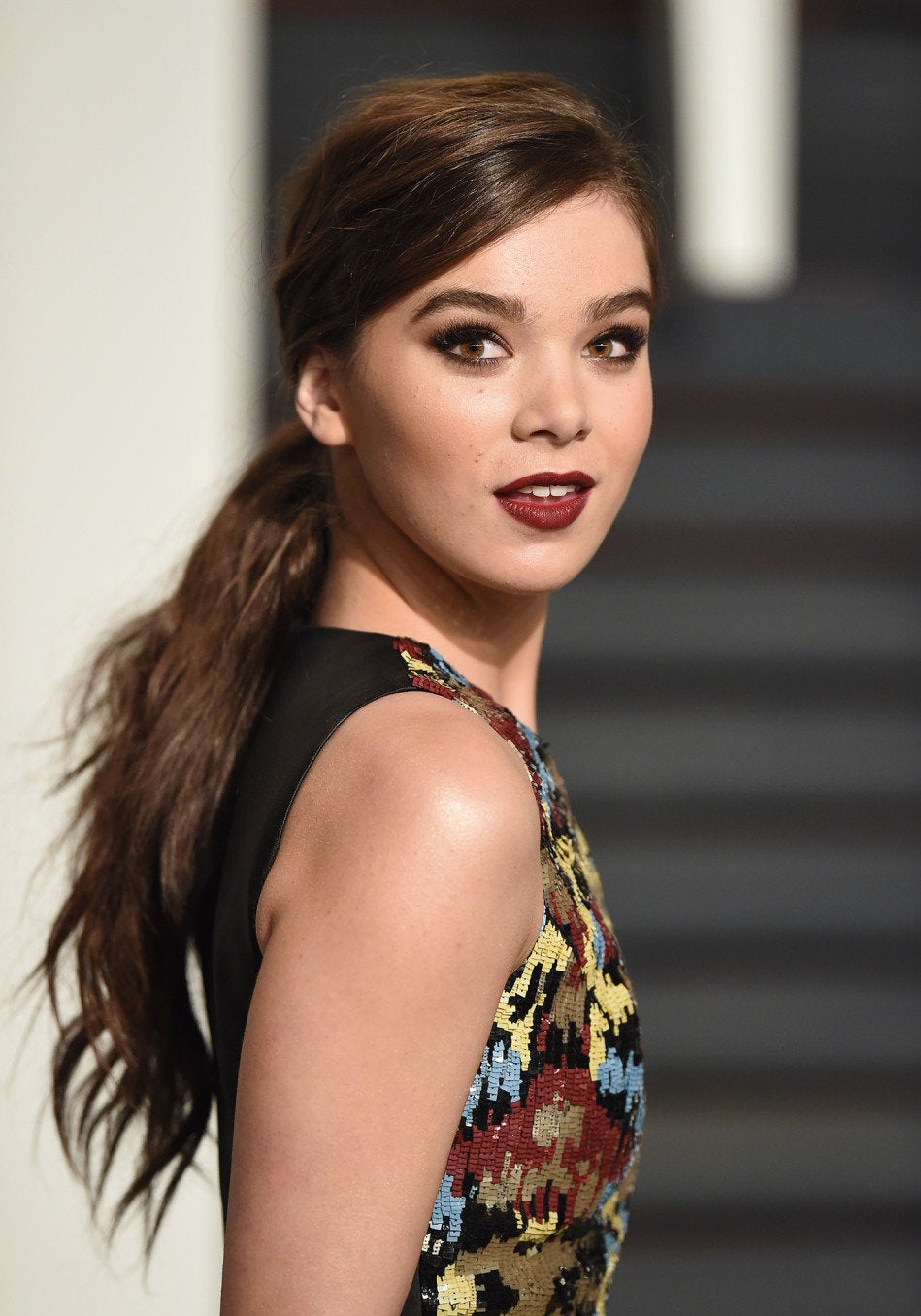By Lindsay Colameo, Allure
If you've ever run your fingers through your hair and thought to yourself, Gosh (yes, gosh) my hair feels different than it did when I was a kid...or in high school...or even college, you are not alone. I often think back to the days of my thick, shiny golden pigtails (and later, my glorious adolescent hair flip) and sigh as I comb hair that now feels fine and wispy. And for years, I've accepted the explanation I get from stylists that about every seven years, your hair changes. But this week I finally got to the root of the matter (forgive the pun). I spoke to Carlos Wesley, a cosmetic surgeon and hair loss specialist in New York City, to find out more about the hair growth cycle.
First, a quick biology lesson. There are three phases in the hair-growth cycle: The anagen phase, when the hair is actively growing; the catagen phase, a transitional stage in between the growth and resting stages; and the telogen, or resting, phase, when the follicle is dormant for up to four months and eventually sheds its strand of hair so that a new one can enter the anagen phase.
"We are born with 100,000 hair follicles on our head that are all preprogrammed to go through a certain growth cycle," explains Wesley. "The typical cycle is about four to seven years." But this is only true for the first couple of cycles. As your hair naturally sheds, the anagen phase becomes shorter and the hairs that grow back are a little different. "They are thinner, in smaller bundles, and their growth phase is shorter," says Wesley. Bundles, you ask? Each follicle actually contains small bundles of hair strands. These bundles include anywhere from one to four individual strands of hair. "When we are born all of our hair is in bundles of one, but as you grow up they become two-, three-, and four-strand bundles," says Welsey. "Your hair bundles peak at around 12 years old." Then, sadly, as you age, bundles of four become bundles of three, bundles of three become bundles of two, and it's all downhill from there. End result: hair appears thinner and less full.
Approximately 100 hair shafts fall out every day, so hair follicles are constantly in different stages of the hair cycle, and what's more, different parts of the scalp age differently. So while it is true that your hair changes consistently over time, the seven year cycle applies to less and less of our head as you age. "As time goes on, the part of our hair that cycles every seven years is increasingly restricted to the back of our head," says Wesley.
In the end, says Wesley, the seven-year cycle is actually the best we can hope for. What can we do to extend the anagen phase? Avoid stress. "Stress can shorten and precipitate hair loss, pushing a high percentage of hair follicles into the telogen phase," he says. He also recommends a healthy diet full of protein and iron.
More from Allure:
Find the Best Haircut for Your Face Shape
35 Hairstyles to Try in 2015
Celebrity Hairstyles That Will Make You Look 10 Years Younger
7 Weird Tricks for Looking Great in Photos
Here's The One Thing Makeup Artists Wish You Would Stop Doing
How to Get Younger-Looking Hair (On the Cheap!)
Also on HuffPost:

